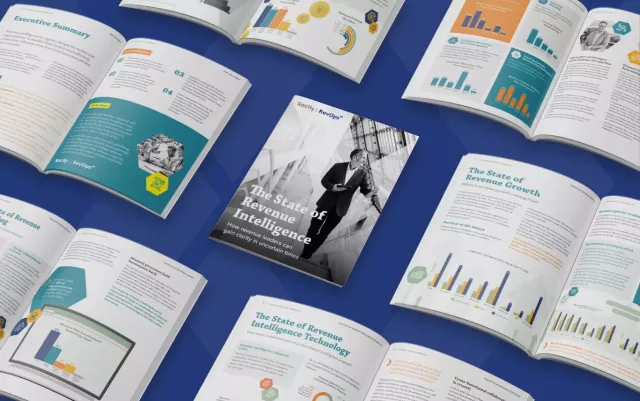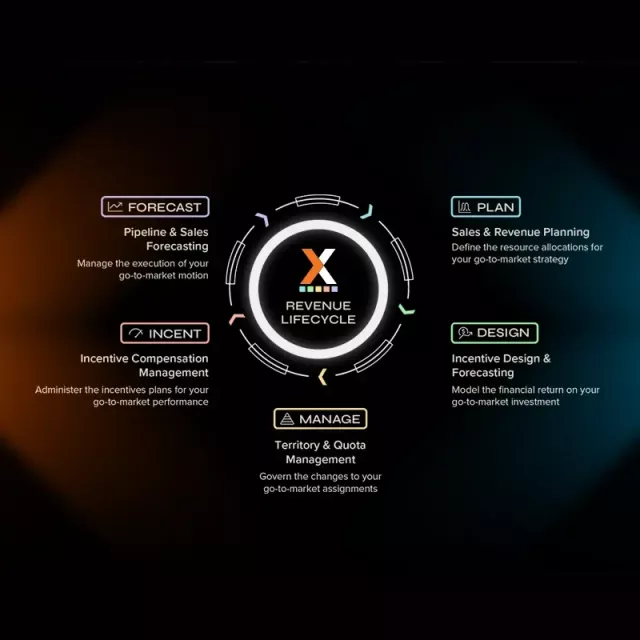
Adaptive forecasting software is a solution that powers this capability, using data insights to provide hypervisibility into current and potential future scenarios.
But what exactly is adaptive forecasting software? What does it do? How does it fit into your current business strategy? What benefits can it bring to your organization?
In the sections that follow, we’ll answer these questions and more to tell you everything you need to know about adaptive forecasting software solutions.
Quick Takeaways
- Adaptive forecasting software predicts likely outcomes using multiple perspectives and variables.
- Companies can achieve high forecasting accuracy by using adaptive forecasting software for sophisticated analytics.
- Adaptive forecasting software enables companies to be agile and innovative while also reducing business risks.
What is adaptive forecasting and why do you need it?
Adaptive forecasting is the process of looking at likely outcomes using multiple perspectives and variables. Driven by data-centered strategies, hypervisibility, and streamlined technology platforms, modern adaptive forecasting helps companies analyze and prepare for all potential scenarios they may encounter — both due to internal and external influences.
Organizations in every industry are emerging from the past two years with a new understanding of the importance of adaptability. The business world now evolves and changes faster than ever before. Companies that can see their potential futures — plural — and adapt on the fly as they come to fruition will move ahead of their less agile competitors.
Of course, this level of sophisticated analysis requires technology tools to support it. Adaptive forecasting software automates much of the process and analyzes datasets at a size and scope not possible for the human brain to handle manually.
Rooted in a revenue operations (RevOps) mindset, adaptive forecasting software has the ability to pull data from every department and level of your organization to create a complete, accurate picture of what the future might hold. It can tell you what’s most likely to happen, and other scenarios that exist as possibilities.
In short, adaptive forecasting software creates more agile, forward-thinking, intelligent companies capable of dealing with change as it comes. Let’s look at 5 specific benefits you can experience by implementing it at your company.
5 Things Adaptive Forecasting Software Can Do for Your Business
Accurate Forecasting
Adaptive forecasting software increases forecasting accuracy by considering every potential variable that can impact a given scenario. Greater forecasting accuracy then enables predictable revenue, which gives company leaders the ability to make revenue-related decisions with confidence.
Greater Agility
Agility is a clear business priority for companies looking to succeed today. Research from Accenture shows that companies are not simply saying agility is a priority, they’re taking steps to make it happen.
When comparing agility maturity pre- and post-pandemic for enterprises, Accenture found an increase in average overall agility as well as a clear increase in 9 agility measurement areas — adaptability being one of them.
This suggests that moving forward, agility will be a competitive necessity for organizations in many industries. Adaptive forecasting software powers this capability by giving companies a view into many potential scenarios, their likelihood, and the variables at play for each.
Decision makers can then weigh these options, take steps to prepare, and better understand how internal and external influences will affect their organization in the future.
Higher Capability to Innovate
Along with greater agility comes the capability to innovate, a key driver of success for modern enterprises. Adaptive forecasting software drives innovation capabilities with hypervisibility into current and future scenarios.
Companies can use data analytics and insights to see potential problems and challenges they’ll likely need to address. They can take a proactive approach to finding new solutions (rather than a reactive approach, which often leaves companies a step behind their faster competitors).
Data-Driven Culture
Adaptive forecasting software puts data insights at the center of all business decisions made at an organization. It creates a data-driven culture at every level, one in which employees feel empowered by their ability to access, view, and analyze data to be better at their jobs and find solutions that can benefit their entire company.
Mitigated Business Risks
Of course, visibility into future scenarios (and the ability to operate more innovatively and agilely in response) is a huge risk mitigator, as we’ve seen over the past several years. It’s clear that the unexpected and unavoidable volatility we’ve seen recently could become a new business norm as the world becomes more and more connected. Companies must be able to respond and adapt.
Adaptive forecasting software also mitigates risk through visibility into the internal factors that influence and create business challenges. Underperforming revenue initiatives, employees who consistently miss targets, disconnected processes, a potential decline of sales revenue — these and more become hypervisible through adaptive forecasting software as the system uses these variables to predict future scenarios.
Make Adaptive Forecasting Part of Your RevOps Strategy
Xactly Forecasting® delivers data-informed pipeline analytics to drive consistent sales execution and accurate forecasting for accelerating predictable revenue.
Learn more about our solutions or schedule contact us today to schedule a demo!




